Search results for null
Books
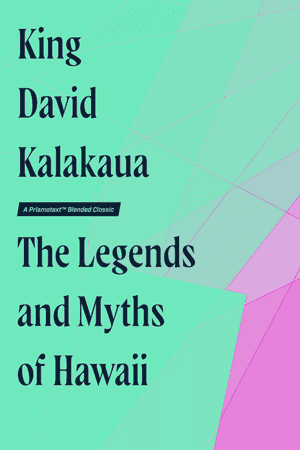
The Legends and Myths of Hawaii
David Kalakaua
For many centuries, the occupants of the islands of Hawai'i had little—if any—contact with the greater world, allowing aspects of their culture to grow uninhibited by outside influence. Hawaii's last king, King David Kalakaua, assembled this compendium of folklore and myths in order to preserve the history of his people, and share with the world its richness and depth.
The Legends and Myths of Hawaii, though compelling on its own, is demonstrative of mythologies around the world having common origins and themes. But Legends and Myths stands out in a way few collections like it can: it celebrates its culture of origin, while simultaneously still being connected to it in a very real way.
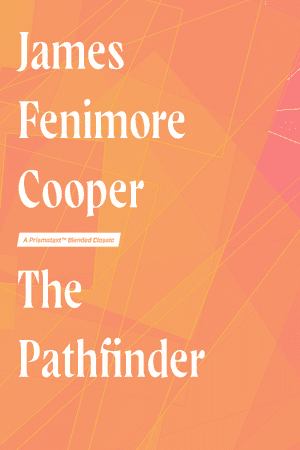
The Pathfinder
James Fenimore Cooper
The Pathfinder, or The Inland Sea is a historical novel by American author James Fenimore Cooper, first published in 1840. It is the fourth novel Cooper wrote featuring Natty Bumppo, his fictitious frontier hero, and the third chronological episode of the Leatherstocking Tales. The inland sea of the title is Lake Ontario.
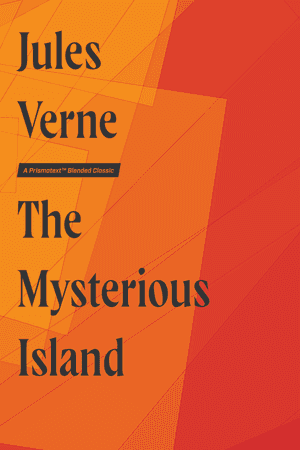
The Mysterious Island
Jules Verne
Set during the American Civil War, five Union prisoners of war escape the Siege of Richmond by way of an observation balloon. When they are caught in a violent storm and carried thousands of miles from the mainland, the group manages to crash-land on an unknown island in the South Pacific.
Their resourcefulness and ingenuity enable the men to not only survive, but thrive in their new habitat. But as they settle into their surroundings, a cascade of peculiar events with no rational explanation begin to unfold.
Jules Verne's follow-up to Twenty Thousand Leagues Under the Sea and In Search of Castaways follows the same adventurous spirit as its predecessors, and even continues the stories of some of their pivotal figures.
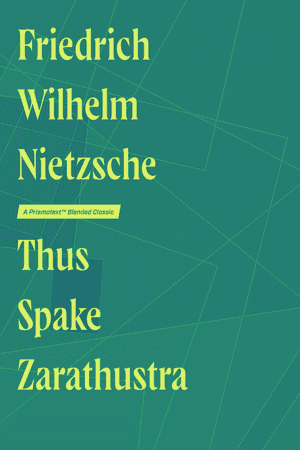
Thus Spake Zarathustra
Friedrich Nietzsche
From Wikipedia:
Thus Spoke Zarathustra: A Book for All and None (German: Also sprach Zarathustra: Ein Buch für Alle und Keinen), also translated as Thus Spake Zarathustra, is a work of philosophical fiction written by German philosopher Friedrich Nietzsche; it was published in four volumes between 1883 and 1885. The protagonist is nominally the historical Zoroaster.
Much of the book consists of discourses by Zarathustra on a wide variety of subjects, most of which end with the refrain, "Thus spoke Zarathustra". The character of Zarathustra first appeared in Nietzsche's earlier book The Gay Science (at §342, which closely resembles §1 of "Zarathustra's Prologue" in Thus Spoke Zarathustra).
The style of Nietzsche's Zarathustra has facilitated varied and often incompatible ideas about what Nietzsche's Zarathustra says. The "[e]xplanations and claims" given by the character of Zarathustra in this work "are almost always analogical and figurative".[1] Though there is no consensus about what Zarathustra means when he speaks, there is some consensus about that which he speaks. Thus Spoke Zarathustra deals with ideas about the Übermensch, the death of God, the will to power, and eternal recurrence.
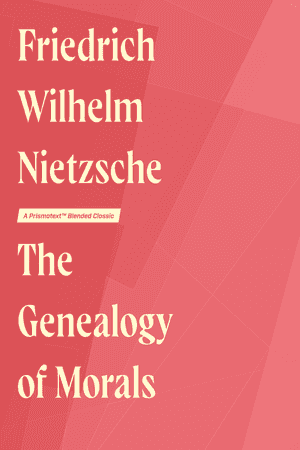
The Genealogy of Morals: A Polemic
Friedrich Nietzsche
From Wikipedia:
On the Genealogy of Morality: A Polemic (German: Zur Genealogie der Moral: Eine Streitschrift) is an 1887 book by German philosopher Friedrich Nietzsche. It consists of a preface and three interrelated treatises ('Abhandlungen' in German) that expand and follow through on concepts Nietzsche sketched out in Beyond Good and Evil (1886). The three treatises trace episodes in the evolution of moral concepts with a view to confronting "moral prejudices", specifically those of Christianity and Judaism.
Some Nietzsche scholars consider Genealogy to be a work of sustained brilliance and power as well as his masterpiece.[1] Since its publication, it has influenced many authors and philosophers.
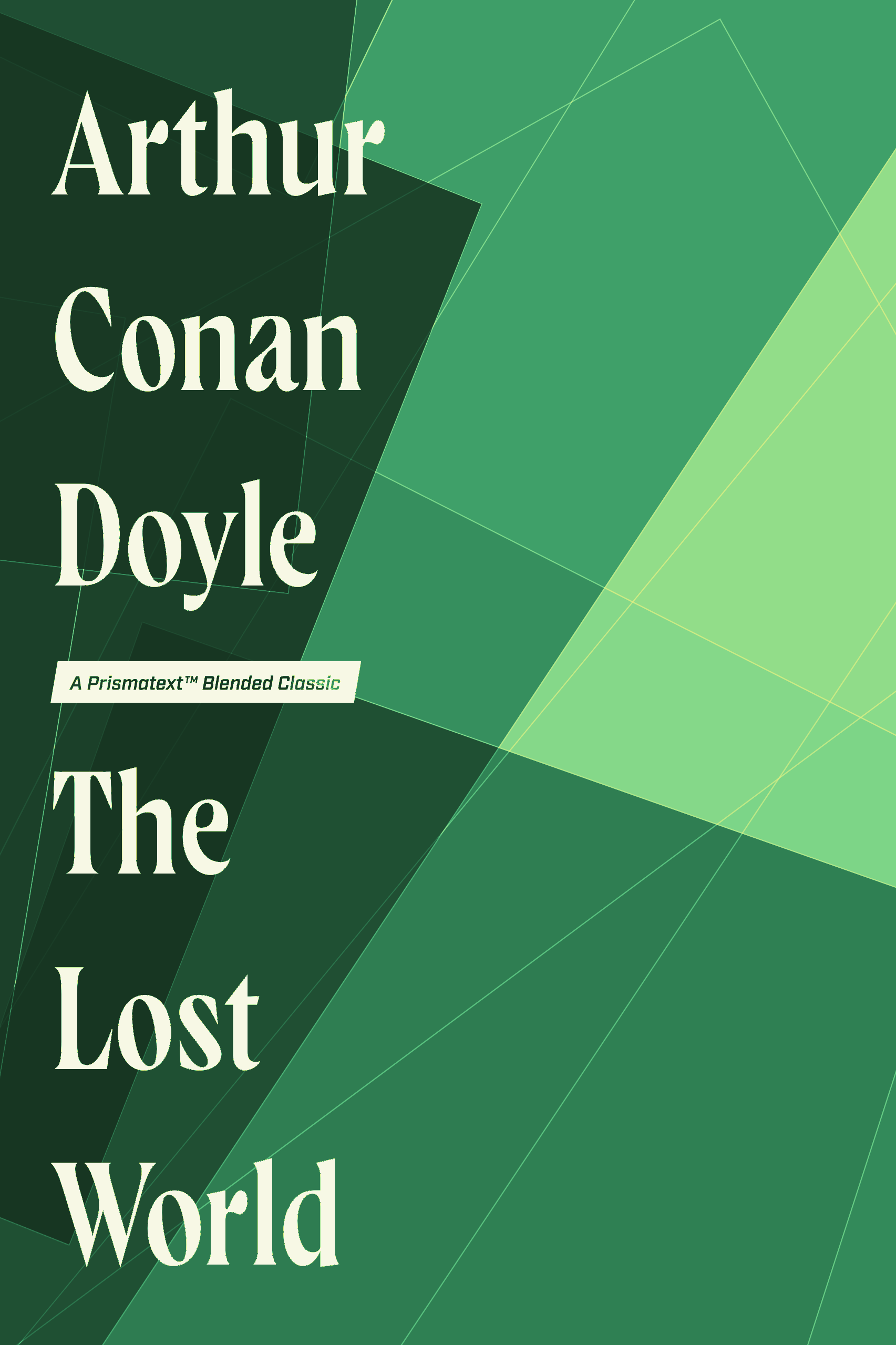
The Lost World
Arthur Doyle
From Wikipedia:
The Lost World is a science fiction novel by British writer Sir Arthur Conan Doyle, published by Hodder & Stoughton in 1912, concerning an expedition to a plateau in the Amazon basin of South America where prehistoric animals still survive. It was originally published serially in the Strand Magazine and illustrated by New-Zealand-born artist Harry Rountree during the months of April–November 1912. The character of Professor Challenger was introduced in this book. The novel also describes a war between indigenous people and a vicious tribe of ape-like creatures.

2 B R 0 2 B
Kurt Vonnegut
America's preeminent satirist spins a not-so-wild yarn about immortality, population control, and one man's attempt to save the lives of his yet-unborn triplets in a world where new life must be balanced by a voluntary death.
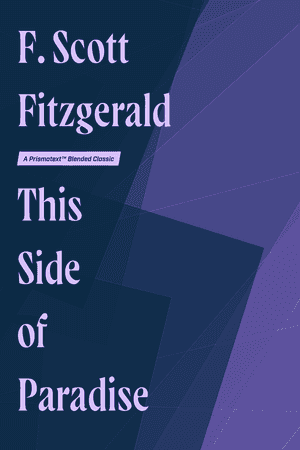
This Side of Paradise
F. Fitzgerald
F. Scott Fitzgerald's precursor to the book that made him immortal, This Side of Paradise is a sort of "younger version" of The Great Gatsby. Through its protagonist Amory Blaine, it explores the culture of contemporary American youth—and all its ambivalence and easy going-ness—during the Roaring Twenties.
It wouldn't be too much of a stretch to draw parallels between Amory Blaine's own vision of his future and those of a typical American twenty-something of today, nearly 100 years after the book's publication. But perhaps the most memorable takeaway from the book is its accurate portrayal of a conflict that persists today: social conservatives (the "moral guard") and social progressives.
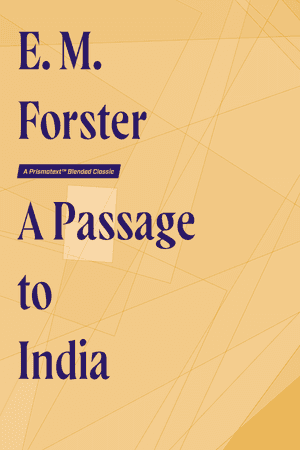
A Passage to India
E. Forster
From Wikipedia:
A Passage to India is a 1924 novel by English author E. M. Forster set against the backdrop of the British Raj and the Indian independence movement in the 1920s. It was selected as one of the 100 great works of 20th century English literature by the Modern Library and won the 1924 James Tait Black Memorial Prize for fiction. Time magazine included the novel in its "All Time 100 Novels" list. The novel is based on Forster's experiences in India, deriving the title from Walt Whitman's 1870 poem "Passage to India" in Leaves of Grass.
The story revolves around four characters: Dr. Aziz, his British friend Mr. Cyril Fielding, Mrs. Moore, and Miss Adela Quested. During a trip to the fictitious Marabar Caves (modeled on the Barabar Caves of Bihar), Adela thinks she finds herself alone with Dr. Aziz in one of the caves (when in fact he is in an entirely different cave; whether the attacker is real or a reaction to the cave is ambiguous), and subsequently panics and flees; it is assumed that Dr. Aziz has attempted to assault her. Aziz's trial, and its run-up and aftermath, bring to a boil the common racial tensions and prejudices between Indians and the British during the colonial era.

The Big Trip Up Yonder
Kurt Vonnegut
Vonnegut wrote several short stories on the topic of overpopulation. As we wrestle in the present day with a global population ballooning above 8 billion people, Vonnegut's portrait of a world dealing with shortages ranging from food, gas, and building materials feels more prophetic than bizarre.
In this short story, Vonnegut explores the sinister side of a family trying to stay in the good graces of their patriarch as he makes preparations for "the big trip up yonder."

The Red Badge of Courage
Stephen Crane
From Wikipedia:
The Red Badge of Courage is a war novel by American author Stephen Crane (1871–1900). Taking place during the American Civil War, the story is about a young private of the Union Army, Henry Fleming, who flees from the field of battle. Overcome with shame, he longs for a wound, a "red badge of courage", to counteract his cowardice. When his regiment once again faces the enemy, Henry acts as flag-bearer, carrying the regimental colors.
Although Crane was born after the war, and had not at the time experienced battle first-hand, the novel is known for its realism and naturalism. He began writing what would become his second novel in 1894, using various contemporary and written accounts (such as those published previously by Century Magazine) as inspiration. It is believed that he based the fictional battle on that of Chancellorsville; he may also have interviewed veterans of the 124th New York Volunteer Infantry Regiment, commonly known as the Orange Blossoms. Initially shortened and serialized in newspapers in December 1894, the novel was published in full in October 1895. A longer version of the work, based on Crane's original manuscript, was published in 1982.
The novel is known for its distinctive style, which includes realistic battle sequences as well as the repeated use of color imagery, and ironic tone. Separating itself from a traditional war narrative, Crane's story reflects the inner experience of its protagonist (a soldier fleeing from combat) rather than the external world around him. Also notable for its use of what Crane called a "psychological portrayal of fear", the novel's allegorical and symbolic qualities are often debated by critics. Several of the themes that the story explores are maturation, heroism, cowardice, and the indifference of nature. The Red Badge of Courage garnered widespread acclaim, what H. G. Wells called "an orgy of praise",[3] shortly after its publication, making Crane an instant celebrity at the age of twenty-four. The novel and its author did have their initial detractors, however, including author and veteran Ambrose Bierce. Adapted several times for the screen, the novel became a bestseller. Never out of print, it is Crane's most important work and a major American text
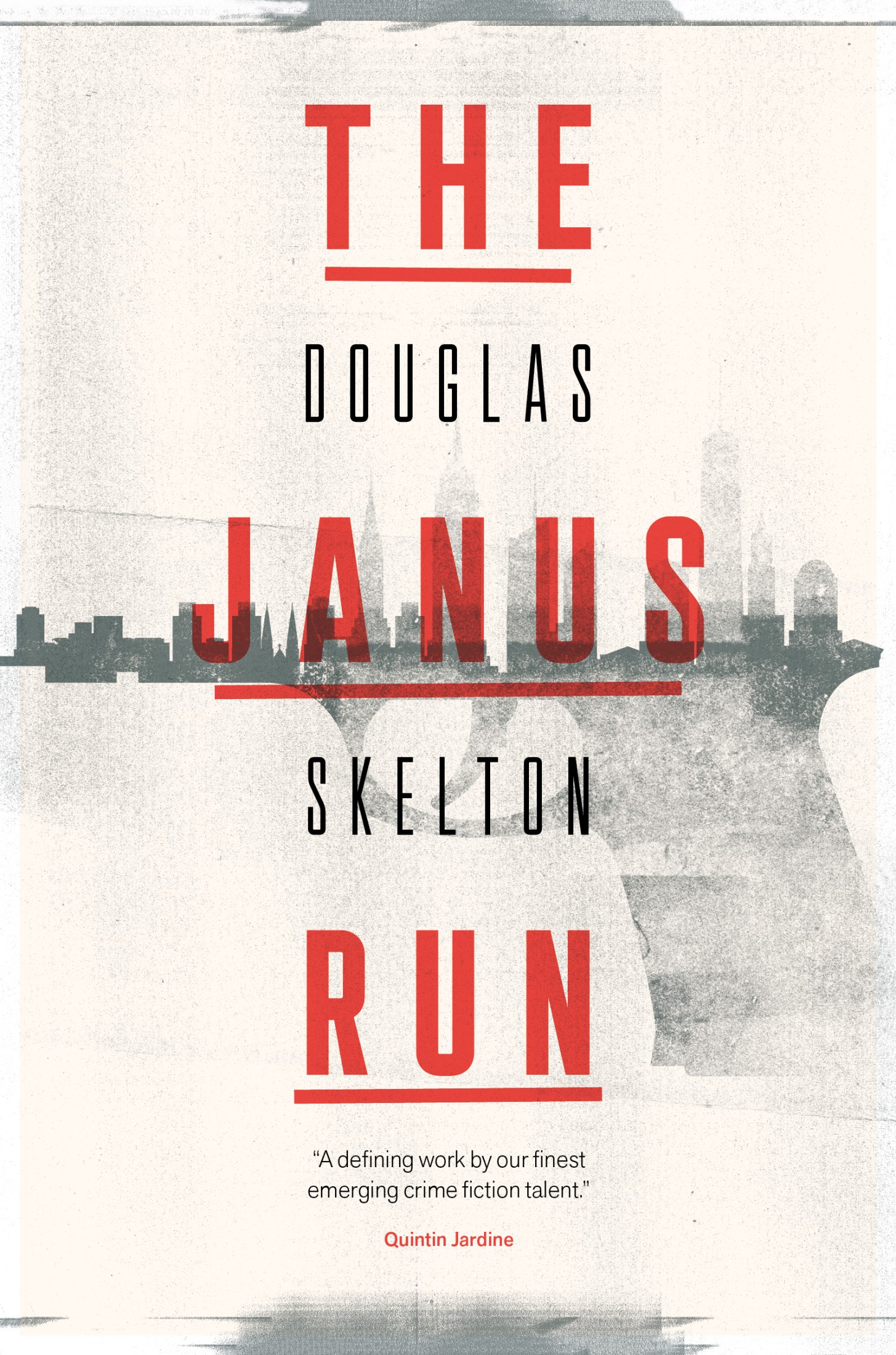
The Janus Run
Douglas Skelton
When Coleman Lang finds his girlfriend Gina dead in his New York City apartment, he thinks nothing could be worse... until he becomes the prime suspect.
Desperate to uncover the truth and clear his name, Coleman hits the streets. But there's a deranged Italian hitman, an intuitive cop, two US Marshals, and his ex-wife all on his tail. And trying to piece together Gina's murky past without dredging up his own seems impossible. Worse, the closer he gets to Gina's killer, the harder it is to evade the clutches of the mysterious organisation known only as Janus – from which he'd long since believed himself free.
Packed with plot twists, suspense and an explosive climax, The Janus Run is an edge-of-the-seat, breathtaking thriller – NYC noir at its finest.